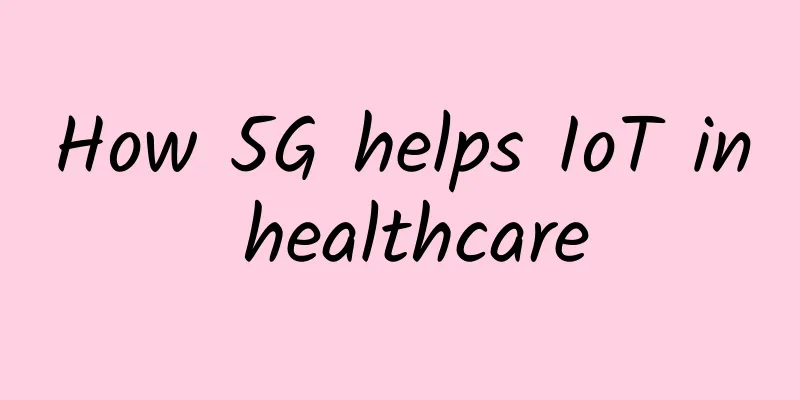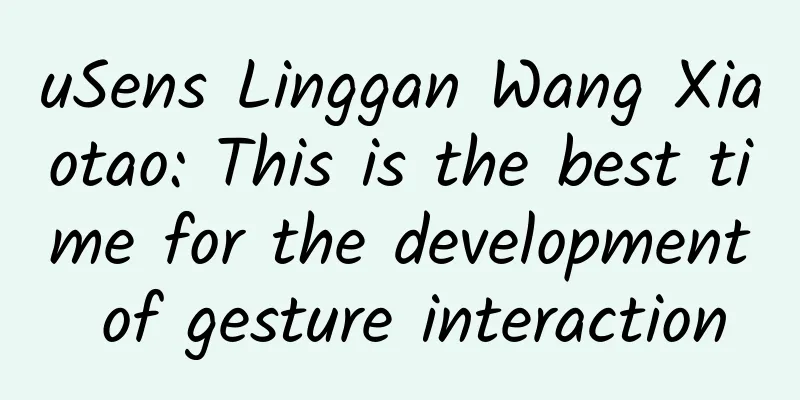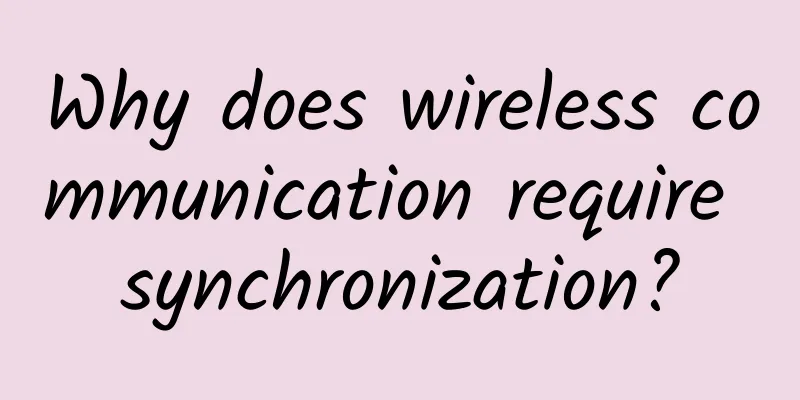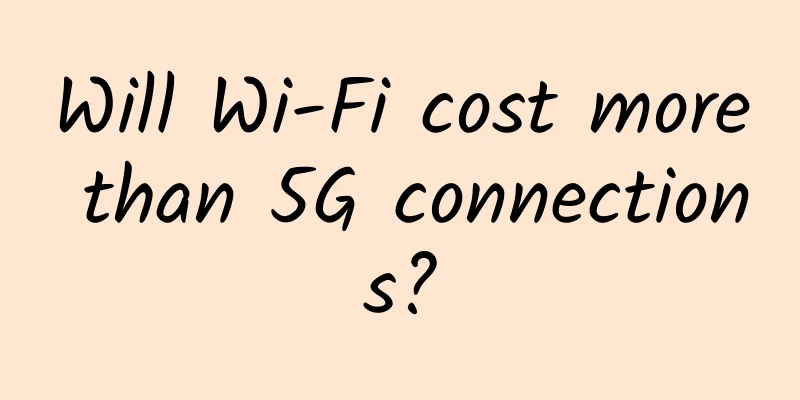How 5G helps IoT in healthcare

|
At a time when demand for healthcare services is steadily rising, resources are limited and costs need to be kept at the highest level. IoT promises to be a panacea in healthcare, improving its reach, efficiency, interoperability, accuracy, and value. The medical electronics market has been growing at an exponential rate over the past few years and is expected to reach 6.90% by 2030. However, it is important to note that none of this would be possible without the power of connectivity. All of these advances rely on network connectivity and speed. Uninterrupted connectivity forms the backbone of IoT in healthcare, and 5G is the panacea for it. Once fully implemented, fifth-generation telecommunications technology will be the biggest change in mobile technology, more than any previous generation. Its envisioned speed, capacity, reduced power consumption and promise of zero latency will enable a host of innovative new products and services. Early tests indicate that 5G networks will be up to 100 times faster than current mobile technology. For the healthcare sector in particular, 5G has the potential to be a boon as it can connect entire networks of devices with its smaller, more densely deployed antennas. With bandwidth being measured in gigabits, the Internet of Things will finally be able to deploy its truly disruptive applications. Today’s IoT products are often forced to be simple, sometimes bordering on gimmicky. But the fully connected homes of the future hold the promise of using monitoring sensors and assistive devices, everything from mobility to medicine, to keep people healthier and more comfortable at home. Symbiotic robots, 3D-printed prosthetics, mood monitors, and remote health services will all be included in the smart home of the future. But 5G’s speed, reliability, energy efficiency, and low latency will enable them to operate seamlessly. Here are some of the benefits that 5G-powered IoT could bring to the healthcare industry: 1. Increased use of wearable devicesAs the demand for health wearables increases, there is a need to connect these devices to cloud-based software. This cloud architecture enables the collection, analysis, and transmission of health data in real time. These wearables are designed to improve patient monitoring, ranging from basic health conditions to chronic health conditions. The demand for implants, from pacemakers to neurostimulators and infusion pumps, has also been increasing in recent years, especially for elderly patients. All of these devices work smoothly when connected to always-on smartphones and hospital trackers to alert frontline responders in case of any emergency. 2. Better telemedicine5G has the potential to open up new frontiers for telemedicine and remote patient monitoring, enabling telemedicine on a large scale through promised speeds, greater reliability, and security. These improvements will allow patients in quarantine or living in remote areas to receive unrestricted monitoring from healthcare providers. With 5G transmission speeds approaching 15 to 20Gbps, this will ensure better real-time video or real-time chat. This will also make it possible to reduce outpatient visits, thereby reducing queues and lowering the chance of infection. 3. 24/7 monitoring and faster diagnosisIoT, supported by 5G networks, will allow for 24-hour monitoring of patients. This will help alert healthcare professionals of impending events, including hypoglycemia, increased risk of heart attack, or other vital signs that may require closer intervention. Continuous monitoring will help provide the right insights, leading to more accurate diagnoses faster, allowing for a more personalized response. 4. Easier and faster data transferA patient's medical records can be hundreds of gigabytes long, and transferring these files to different locations can seem like a huge challenge. With instantaneous transmission, 5G capacity is expected to eliminate the congestion typically faced in the medical field. In addition, as more devices connect across the spectrum, large data files will move quickly, ensuring that patients receive the best advice in a timely manner. 5. Infrastructure ImprovementHealthcare has been accused of delayed responses time and again. With a well-connected IoT, critical infrastructure improvements can be achieved. An ambulance connected to a cloud network can respond instantly to health emergencies in the area and send a level 1 report to the hospital even before the patient reaches the location. From the above discussion, it is clear that in addition to smart homes and smart cities, the speed, capacity and reliability of 5G networks will drive new innovations in the medical field in incredible ways. Although the predictions about the potential of 5G in the healthcare field are endless, as with many new technologies, there are challenges in its development, especially how regulators and policymakers will respond to opportunities and challenges. However, it is critical that we accelerate our pace in preparing for 5G so that as a race we are better prepared for any unprecedented event. The recent outbreak has shown us how susceptible we are to health emergencies, and in technologies such as the Internet of Things we may find the antidote. Healthcare systems around the world are investing heavily in research and development, and the Internet of Things may give us a leg up in this fight. What remains to be seen is how the healthcare sector seizes this opportunity and makes healthcare accessible to all. |
<<: Deep dive into the Kubernetes network model and network communication
>>: NGINX Sprint China 2022 Conference: Embracing open source to help modernize applications
Recommend
Huawei and China Telecom jointly release innovative results of "Cloud Network Core Capabilities", leading a new paradigm of strategic cooperation
On March 1, during MWC22 Barcelona, Huawei and ...
ZJI newly launched Taiwan CN2 server, Hong Kong high frequency server/Taiwan CN2 server 30% off
ZJI has newly launched Taiwan CN2 line servers, a...
Detailed Explanation of WiFi Wireless Network Technology
Introduction to Wireless Networks Wi-Fi is a tech...
How future technologies will improve physical security in data centers
In recent years, the demand for security solution...
NB-IoT is here! The network is only two months away from being launched, but the chips and platform are ready
With the opening of emerging markets such as wear...
Why is it considered a fantasy for Internet giants to operate “a nationwide LoRa network”?
On August 17, China Tower, the world's larges...
Large-scale commercial use is imminent! What will be the future development of 5G messaging?
At present, more than 100 operators around the wo...
POTN - the only way for network integration in the new era
In the 21st century, the communication network on...
Huawei's ecosystem is expected to prosper exponentially in response to demand
【51CTO.com original article】 As we all know, in t...
QuickPacket: $69/month - E5-2683v4 CPU, 64G memory, 1TB or 500G SSD, 50TB monthly traffic, Los Angeles data center
I searched and found that the last information ab...
This year it accounts for 50%, and next year it is expected to account for 80%, and 5G mobile phones will explode
In the past year since 5G was put into commercial...
spinservers: US high bandwidth servers starting from $89/month, San Jose/Dallas data centers, 10Gbps bandwidth
spinservers recently released a new promotion pla...
The evolution of the Internet, the inevitability of blockchain
In the article "Bitcoin Prequel", it is...
What is 5G voice like now?
In the 5G era, real-time communication is still a...
The development of the Internet of Things depends on technological progress
The Internet of Things is an important part of fu...









